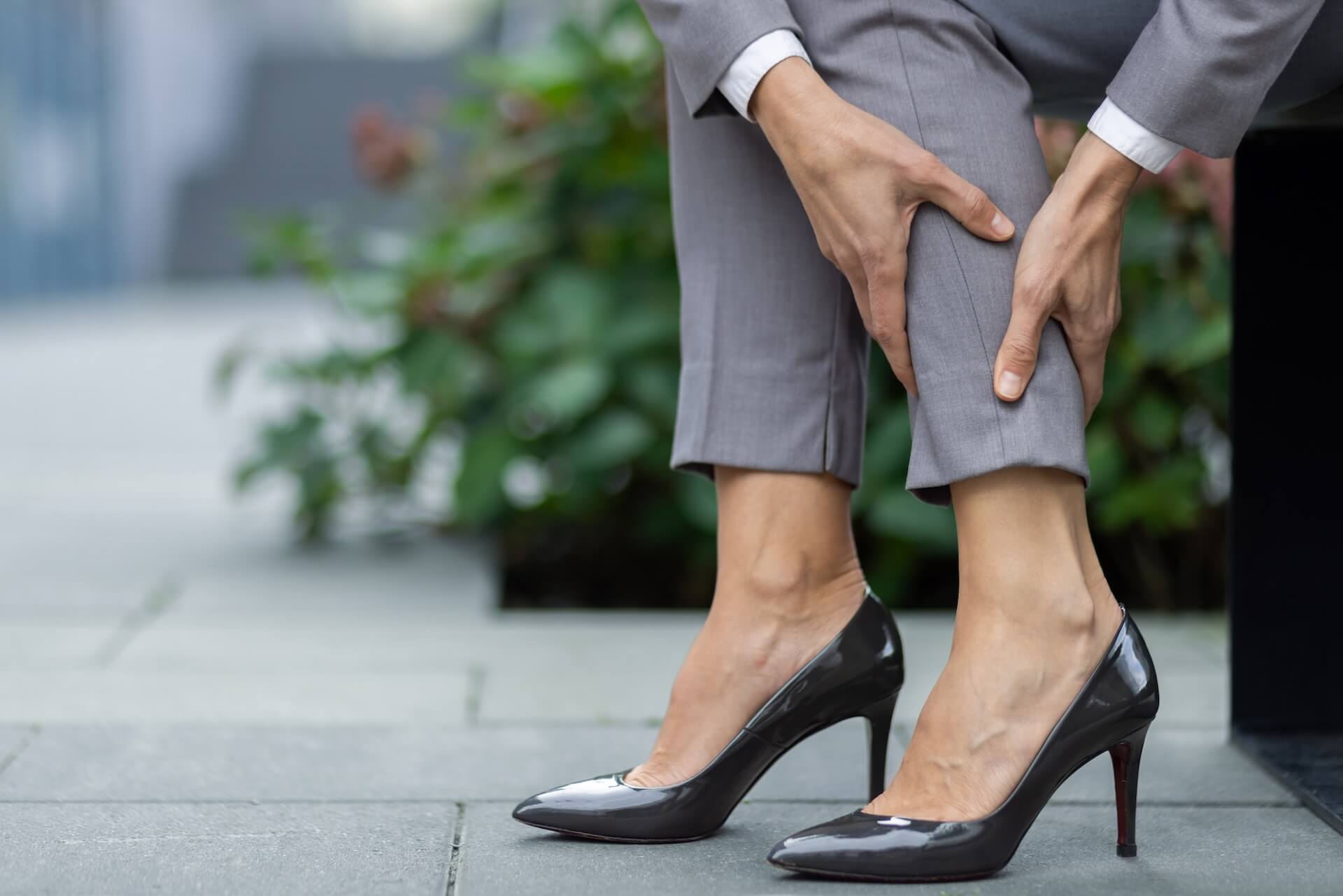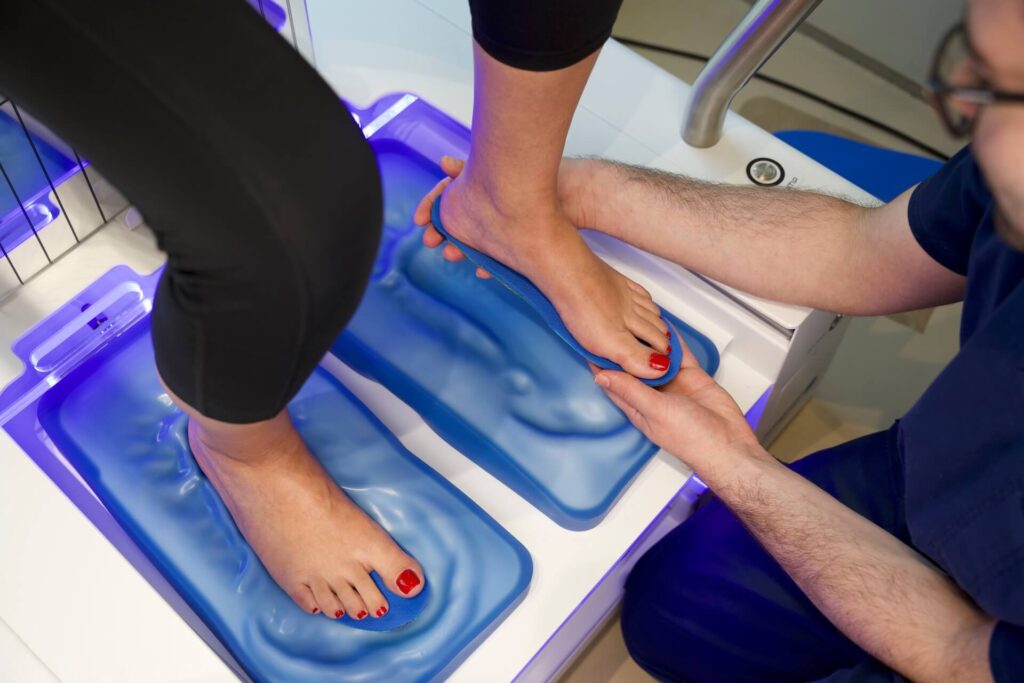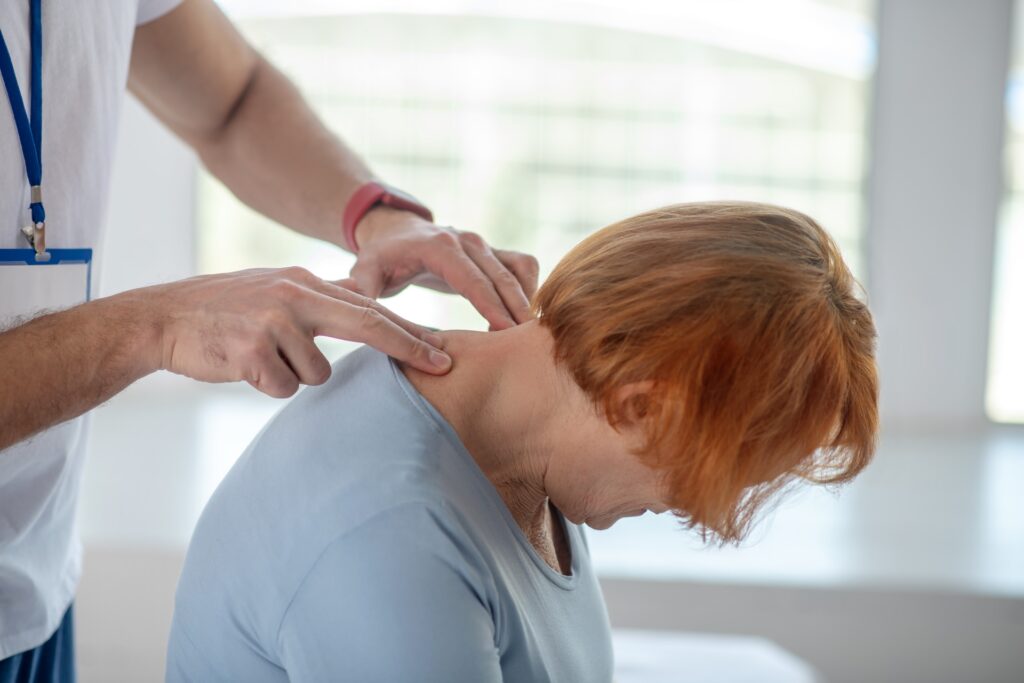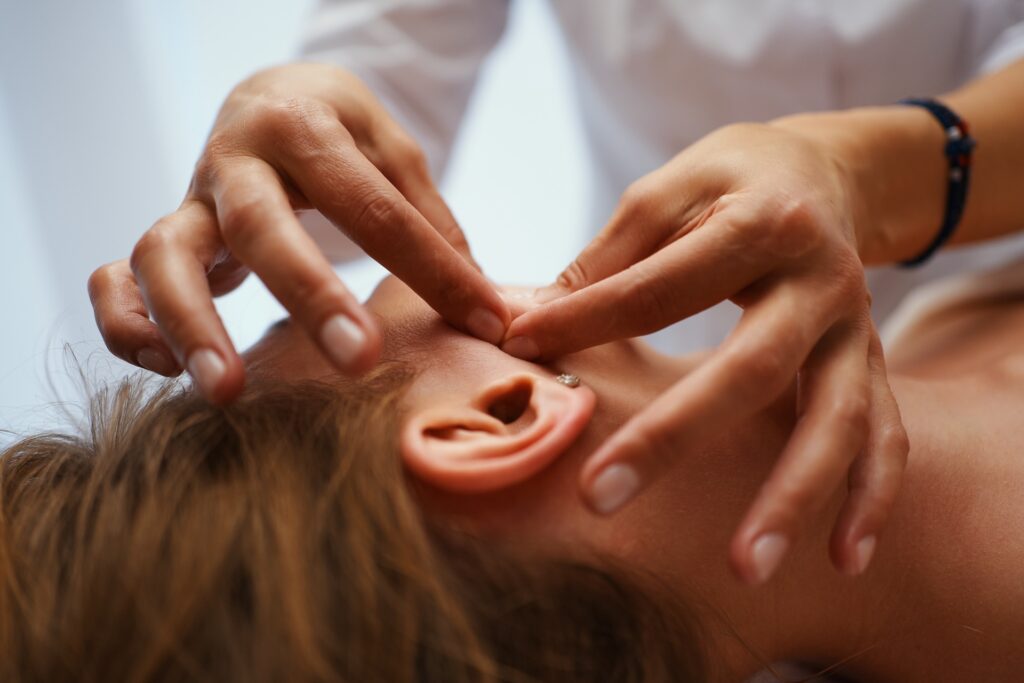By Jimy Haddad | Physiotherapist at KINETIKA Physiotherapy Dubai
Muscle fatigue, leg cramps, and weakness are incredibly common complaints, especially among women. But what’s really going on in your body when this happens?
Why Legs Get Tired and Cramp
- Neuromuscular fatigue: Muscles get tired and more excitable, increasing cramp risk (Schwellnus 2008; Nelson & Churilla 2016).
- Electrolytes & hydration: Low magnesium, potassium, calcium, or mild dehydration can contribute, but they aren’t the only cause (Garrison et al. 2012).
- Mechanical factors: Poor posture, flat feet, tight calves, or weak glutes amplify fatigue.
- Women’s hormonal factors: Menstruation, perimenopause, pregnancy, or PCOS may increase cramps.
→ these are medical and not directly treatable by physiotherapy (Minetto et al. 2013).
When to See a Doctor?
- Cramps with numbness, swelling, weakness, or frequent night cramps need medical assessment.
- Possible causes: nerve issues, circulation problems, thyroid/metabolic disorders, medication effects.
How Physiotherapy Can Help
Physiotherapy focuses on the parts of leg cramps and fatigue that come from how your body moves, how strong your muscles are, and how well your joints work. While it can’t treat hormonal causes, it can make a big difference in reducing strain and preventing cramps. Here’s how:
- Check how you move: We look at posture, walking style, and foot mechanics to spot what’s overloading your muscles.
- Stretch and release tightness: Hands-on therapy and guided stretches ease stiff muscles and improve blood flow.
- Build strength and stamina: Targeted exercises help your legs resist fatigue so they can handle daily activity.
- Practical advice: Simple tips on hydration, footwear, and daily habits to keep cramps from coming back.
Practical Tips for Daily Life
- Stay hydrated (2–3 L/day, adjust for sweat).
- Stretch calves, hamstrings, and lower back daily, ideally before bed.
- Use supportive footwear or insoles if needed.
- Take brief movement breaks every hour
- Strengthen key muscles (glutes, calves) 2–3×/week.
Leg cramps and fatigue are common, but you don’t have to just ‘live with them.’ Proper assessment and a targeted plan can make a real difference.











